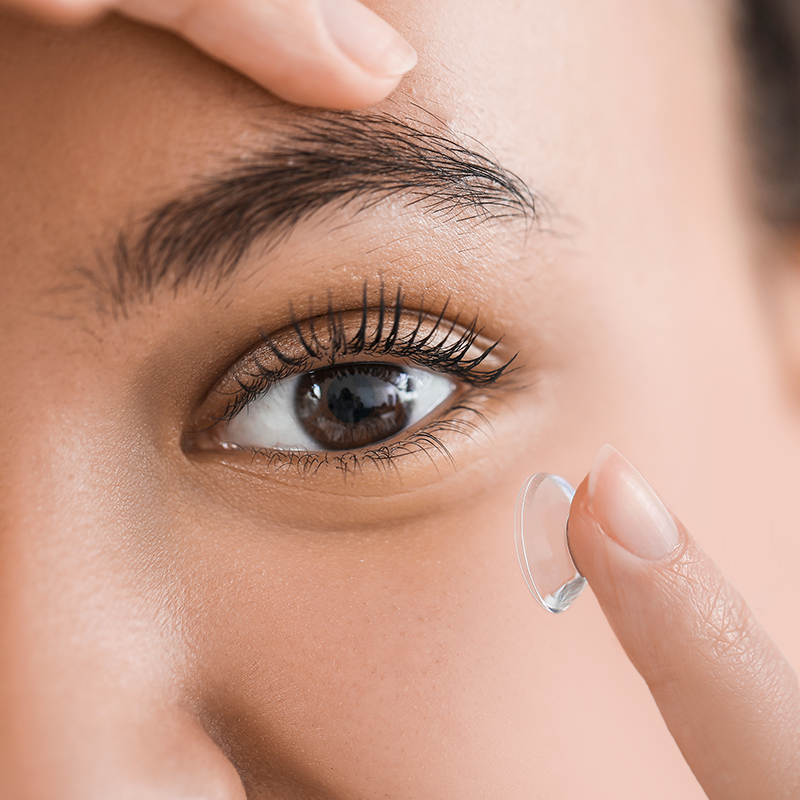Eye Care Services In Fremont, CA
We offer a wide variety of eye care services to the Fremont community. Contact us with any questions about our services.

Dry Eye Treatment
Understanding dry eye will help you determine the best treatment option. Dry eye occurs when a person doesn't have enough quality tears to lubricate and nourish the eye. Tears reduce eye infections, wash away foreign matter, and keep the eye’s surface smooth and clear.

Myopia Management
Myopia is a very common issue throughout the world. Approximately 1/3 of the population in the United States have the condition and over 90% of several East Asian countries suffer from myopia.

Surgery Co-Management
Co-management is an integral part of vision correction surgery that often goes unnoticed. It involves a partnership between your primary eye care professional and your optical surgeon. This cooperative approach ensures that you're provided with the best possible care before, during, and after your procedure.

Comprehensive Eye Exam
Vision screenings only test your ability to see clearly in the distance. This is called visual acuity and is just one factor in your overall vision. Others include color vision, peripheral vision, and depth perception.

Contact Lens Exam
If you’ve never worn contact lenses before, it can seem a bit intimidating. After all, you’re inserting something into your eye! Let’s ease your mind about the first step – your contact lens exam. This post will walk you through what’s involved in a contact lens exam and what you can expect every step of the way.

Diabetic Eye Exam
You have almost certainly heard of diabetes, which is one of the most common chronic health conditions in the United States with an estimated 100 million adults currently living with diabetes or pre-diabetes.

Scleral Lens Fitting
Scleral contact lenses get their name from the fact that, unlike regular contacts, they vault over the entire corneal surface and rest on the white part of the eye, which is called the sclera. This makes them larger than standard contacts, which in turn provides a variety of benefits.

Medical Eye Care
Millions of patients are diagnosed with diseases and conditions of the eye every year. Some of which may not display symptoms until there is irreversible damage to the patient’s vision.









